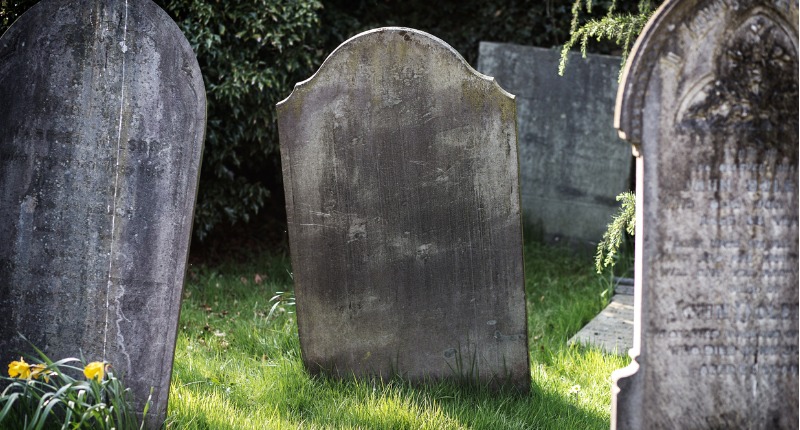Forget royal palaces and high-brow museums. Today, when tourists want to feel close to well-known figures of yesteryear, they pay a visit to their final resting places.
But some famous types are hard to find because they’re entombed in unmarked graves — say, from lack of funds or an intense wish for privacy (even in the afterlife).
Here are ten luminaries buried on the down low.
Wolfgang Amadeus Mozart
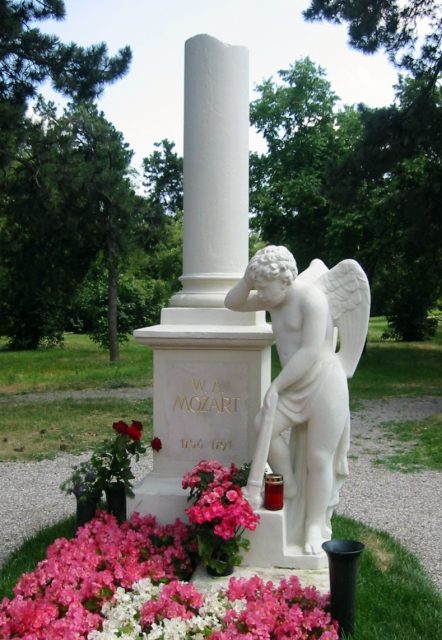
One might have expected an elaborate send off for the gifted young composer, who passed away in 1791, at the age of 35, from rheumatic fever.
But Mozart was buried in an unmarked pauper’s grave alongside four other people, in St. Marx Cemetery, near Vienna. The composer’s lavish lifestyle left him with little in the way of money, and marked graves were for the wealthy.
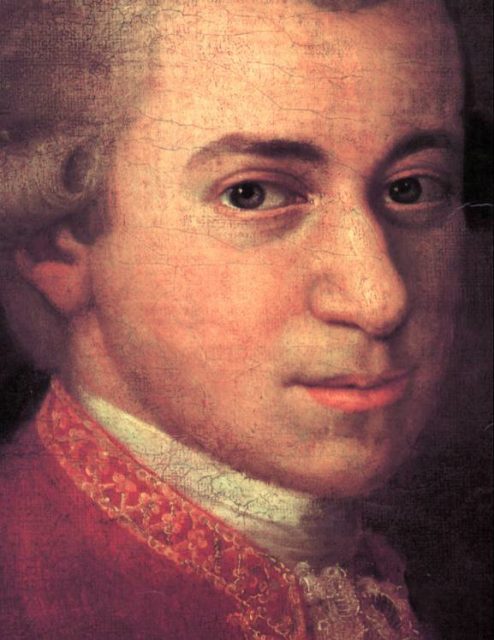
In 1801, a memorial was placed where it was thought Mozart’s grave might be; a proper memorial stone was erected by a cemetery caretaker in 1859.
To celebrate the 100th anniversary of his death, in 1891, the memorial — though not the composer’s actual remains — was moved to the Central Cemetery where other honored musicians, Beethoven included, had graves.
John Wayne
It’s not all that surprising that tough guy Wayne wouldn’t want people to make a fuss over his passing. Indeed, his grave is pretty modest.
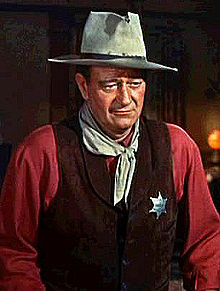
His family opted to leave his grave unmarked to prevent his grave from becoming a shrine and detracting from surrounding resting places at Pacific View Memorial Park in Orange County, California. In 1998, almost 20 years after The Duke succumbed to lung cancer, a simple bronze plaque was added to the gravesite.
John Belushi
One of the original stars of Saturday Night Live and the guitar-smashing “Bluto” Blutarsky in the big-screen comedy Animal House, Belushi died of a drug overdose in 1982 and was buried in Martha’s Vineyard, Massachusetts — a place that he and his wife had grown to love.
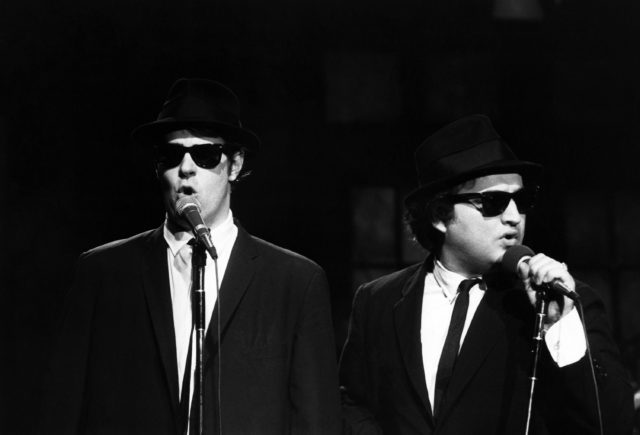
But rowdy, Bud-chugging fans visiting his grave left it in bad shape, so Belushi’s wife had his remains moved to an undisclosed location in the same cemetery. In the meantime, the original headstone, where fans still pay their respects, still stands.
Bessie Smith
Nicknamed the “Empress of Blues,” the singer reigned supreme during the Jazz Age of the early 1920s, working with legends including a young Louis Armstrong.
Smith’s career hit the skids because of a battle with alcohol, but she was on the verge of a comeback when she died in a car crash in 1937.
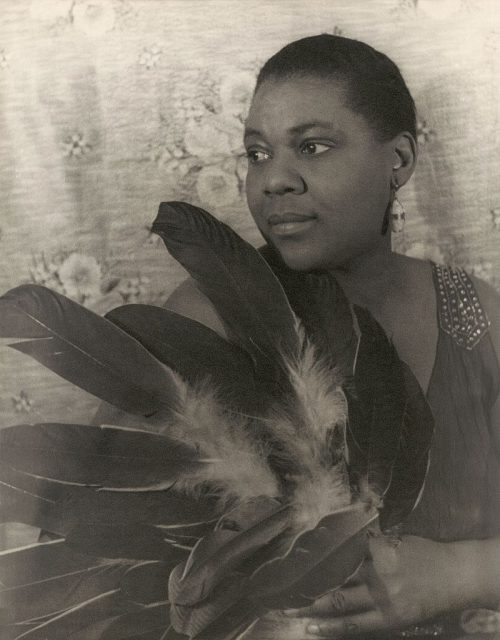
An estimated seven thousand fans flocked to Smith’s funeral, held near Philadelphia. Beloved though she was, her grave went without a headstone for decades, her husband, Jack Gee, refusing to fork over money.
Decades later, in 1970, Janis Joplin, a fan of Smith’s, paid for a tombstone, which read: The Greatest Blues Singer in the World Will Never Stop Singing. Just two months later, Joplin herself would die of a heroin overdose.
Roy Orbison
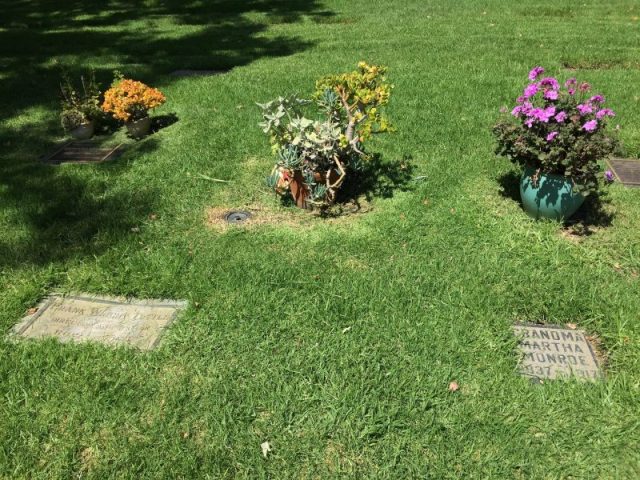
The raven-haired, honey-voiced crooner, with the trademark dark sunglasses, who made “Pretty Woman” a huge hit in 1964, died of a heart attack in 1988.
Orbison was buried at Westwood Village Memorial Park and Mortuary, a popular resting place for big names, such as Marilyn Monroe, Jack Lemmon and Dean Martin.
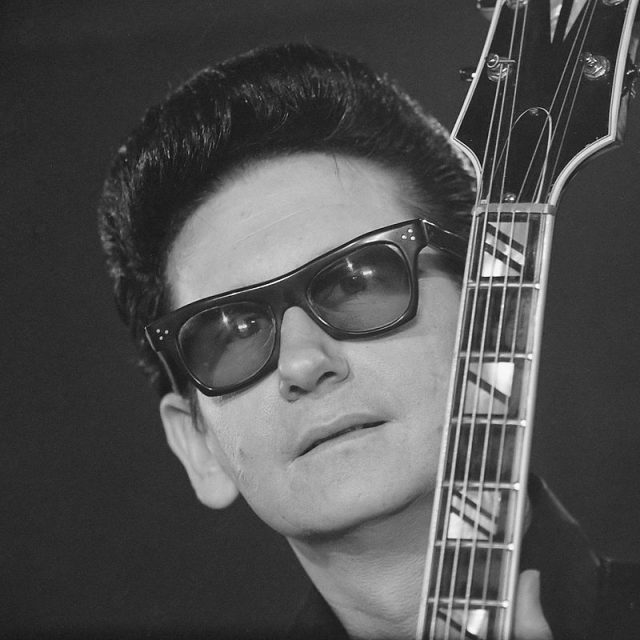
Apparently, Orbison’s family had planned to relocate him — perhaps back to his native Texas — but never got around to moving his remains, so a marker has never been put at the gravesite.
George C. Scott
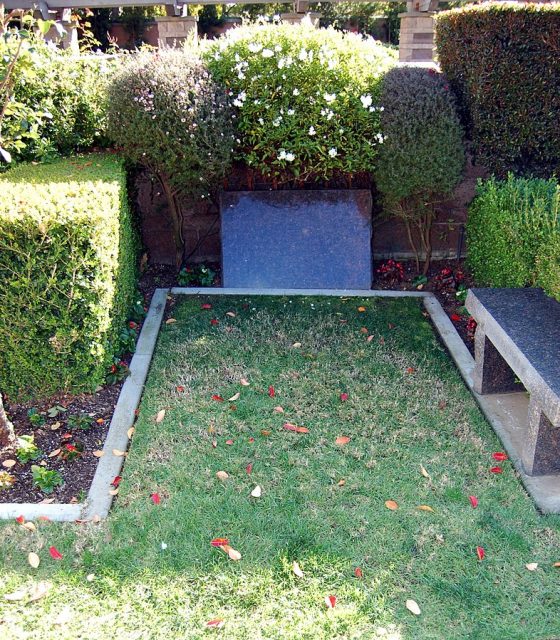
The tough, gravelly-voiced actor appeared in many well-known films — Dr. Strangelove and Anatomy of a Murder among them.
But his biggest claim to fame was to flat-out refuse the Best Actor Oscar he won in 1970 for his portrayal of hard-as-nails General George S. Patton, in the movie Patton.
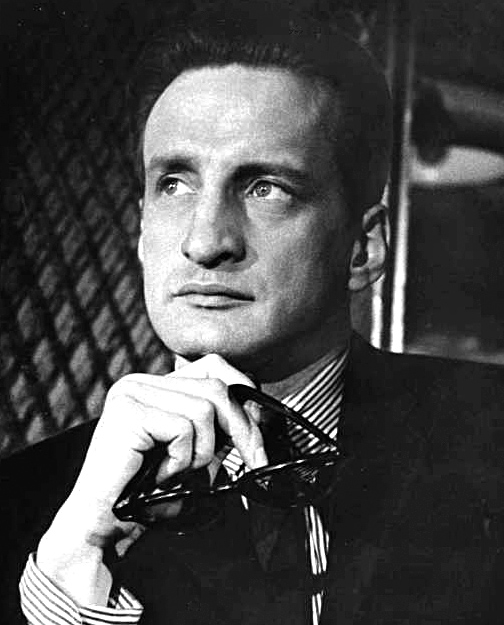
After Scott died in 1999, of a ruptured abdominal aneurysm, he was buried in an unmarked plot in Westwood Memorial. His neighbor for all eternity, ironically: fellow incognito inanimate, Roy Orbison.
Richard Trevithick
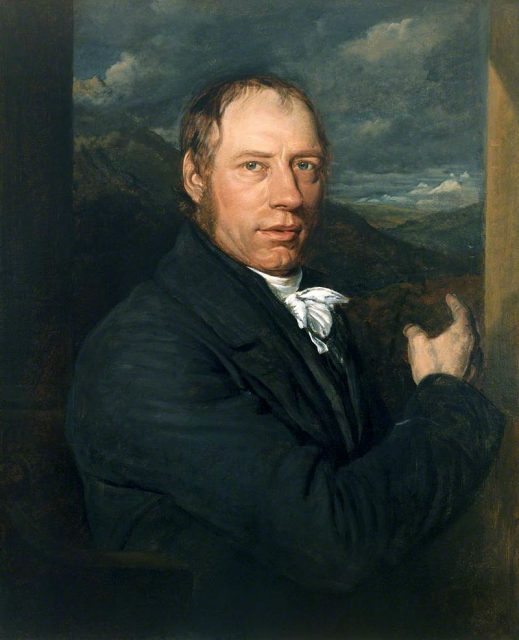
This British-born mechanical engineer and inventor, born in 1771, should be a lot more famous. Instead, he’s more likely to pop up on an episode of Jeopardy.
For the record, Trevithick constructed the first steam locomotive, an invention which made him a very wealthy man.
Unfortunately, dubious business decisions cost him dearly — though others managed to make a pretty penny off his genius ideas — and he would die penniless in 1833, and placed in an unmarked grave.
Mary Dyer
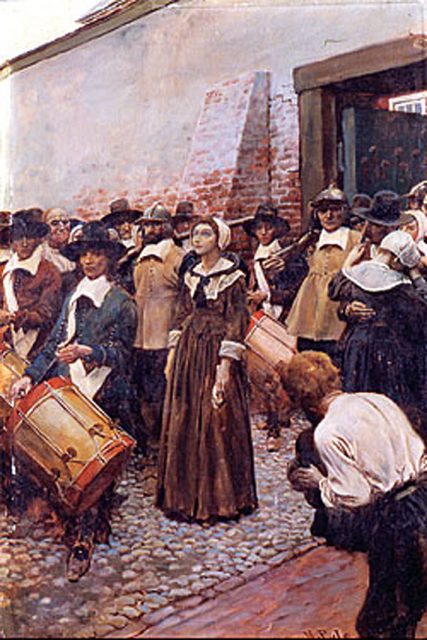
A controversial figure during the 1600s, Dyer rejected Puritan beliefs and embraced Quakerism, a denomination that believed people didn’t need ministers to speak to God.
This didn’t sit well with Puritans, who felt it threatened the power of church leaders, so Dyer and her fellow Quakers were exiled from Massachusetts.
Dyer went to Rhode Island, but returned to Boston to support two friends who were jailed for their beliefs. All three were sentenced to death but were granted a reprieve and Dyer was once again tossed out of the state. Ever the glutton for punishment, she returned to fight for religious freedom.
Officials had had enough and Dyer was hung in Boston Common in 1660 then buried in an unmarked plot, though some believe her body was transported to a family farm.
Eventually, cooler heads — and common sense — would prevail and guilt over her execution would lead to the end of anti-Quaker laws. Today, a statue of Dyer stands in Boston Common, where her life came to an untimely end.
Steve Jobs
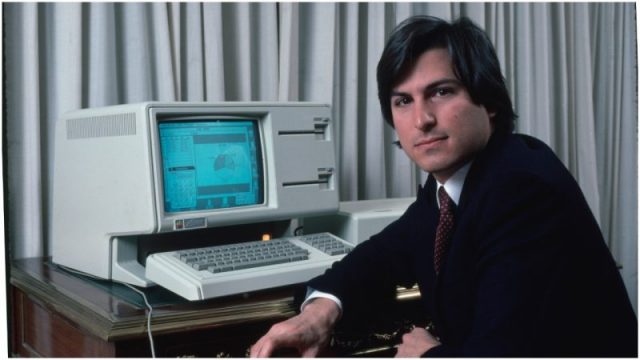
He was a hard-to-figure enigma in life, so it makes sense that Jobs would want his postmortem address kept under-wraps.
No matter: People still make pilgrimages to Alta Mesa Memorial Park in Palo Alto, California, to pay their respects. Exactly where the tech whiz’s remains are located is something of a secret.
There’s no marker, though many suspect that Jobs is buried near his parents.
Read another story from us: Puzzling and Funny Epitaphs of the Rich and Famous
Others claim that his widow and sister requested that he be ensconced near an apple orchard (get it?). Happy hunting!
